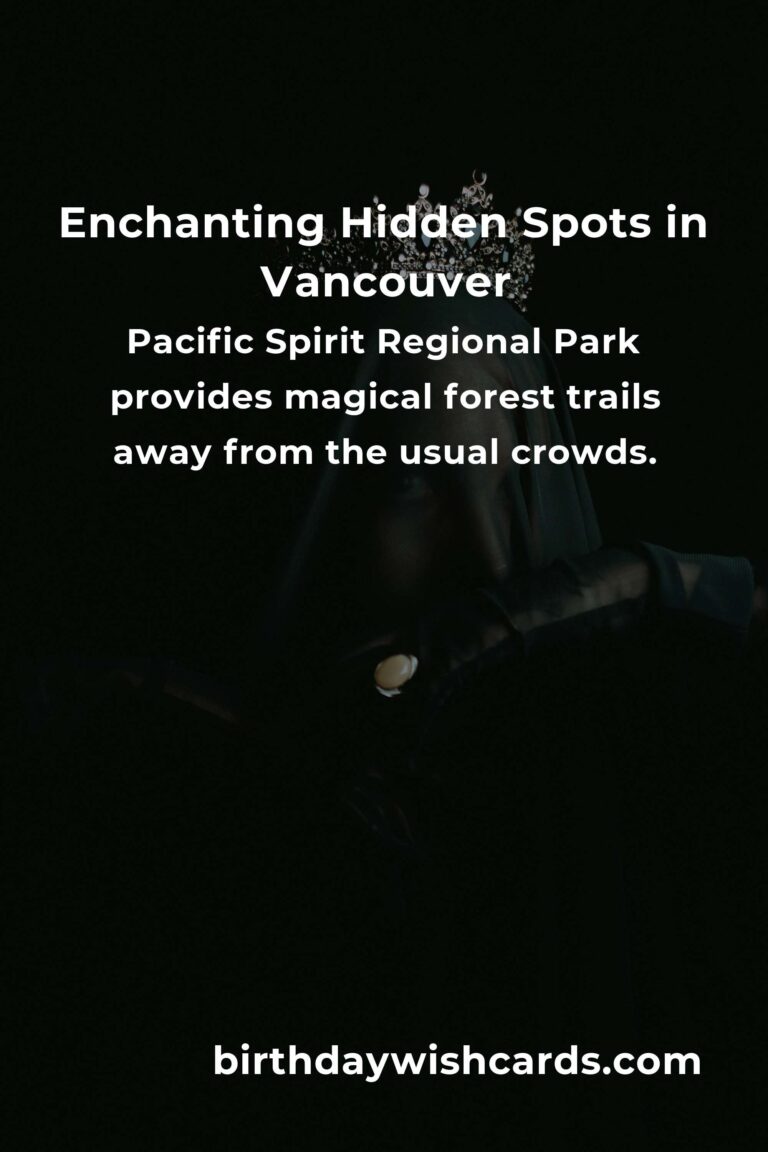
Indigenous heritage sites are paramount to understanding the rich cultural tapestry and historical depth of Indigenous communities worldwide. These sites, imbued with spiritual, cultural, and historical significance, offer valuable insights into the lives, beliefs, and traditions of Indigenous peoples. By exploring these sacred spaces, we can deepen our appreciation and respect for the diverse heritages that continue to shape our modern world.
The Importance of Indigenous Heritage Sites
Indigenous heritage sites are more than just historical landmarks; they are living monuments that embody the enduring connection between Indigenous communities and their ancestral lands. These sites often serve as places of worship, storytelling, and communal gathering, preserving traditions that have been passed down through generations. Understanding and protecting these spaces is essential for maintaining the cultural integrity and identity of Indigenous peoples.
Sacred Spaces Around the World
Uluru, Australia
Located in the Northern Territory of Australia, Uluru is a world-renowned monolithic rock formation that holds deep spiritual significance for the Anangu people, the traditional owners of the land. Known for its stunning color changes throughout the day, Uluru is a sacred site used for ceremonies and spiritual rites. The rock and its surrounding areas are rich with ancient rock art and cultural stories that narrate the creation of the world according to Anangu Tjukurpa, or Dreamtime.
Bear Butte, USA
Bear Butte, located in South Dakota, is a sacred site for many Native American tribes, including the Cheyenne and Lakota. Known in Cheyenne as Noahȧ-vose and in Lakota as Mato Paha, Bear Butte is a place of prayer, meditation, and vision quests. It is revered as a site where insight and clarity can be gained, and it remains an important pilgrimage destination for Indigenous people today.
Mount Taranaki, New Zealand
For the Māori people of New Zealand, Mount Taranaki is not only a magnificent natural wonder but also a sacred ancestor. According to Māori legend, Mount Taranaki fled to its current location after a battle with Mount Tongariro, leaving behind a scarred landscape. The Māori people see the mountain as a living ancestor and protector, and it plays a crucial role in their cultural stories and beliefs.
Preservation and Challenges
While Indigenous heritage sites are invaluable, they face numerous challenges that threaten their preservation. Modern development, climate change, and tourism can all have detrimental effects on these sacred sites, disrupting ecosystems and desecrating hallowed grounds. Efforts are being made worldwide to protect these sites through collaborative partnerships between Indigenous communities and governments, aiming to balance the needs of preservation with the pressures of modernity.
The Role of Education and Awareness
Raising awareness about the importance of Indigenous heritage sites is crucial to their preservation and respect. Educational initiatives that highlight the cultural, ecological, and historical significance of these sacred spaces can foster a deeper understanding and appreciation among non-Indigenous people. By promoting awareness and respect through education, we can ensure these sites are protected for future generations.
Conclusion
Indigenous heritage sites are vital to the cultural and spiritual identities of Indigenous peoples around the world. By exploring and revering these sacred spaces, we honor the rich histories and enduring traditions they represent. Our collective responsibility to protect these sites ensures that the stories and lessons they hold will echo throughout the ages, safeguarding the cultural legacy of Indigenous communities for generations to come.
Indigenous heritage sites are paramount to understanding the rich cultural tapestry and historical depth of Indigenous communities worldwide. By exploring and revering these sacred spaces, we honor the rich histories and enduring traditions they represent. 
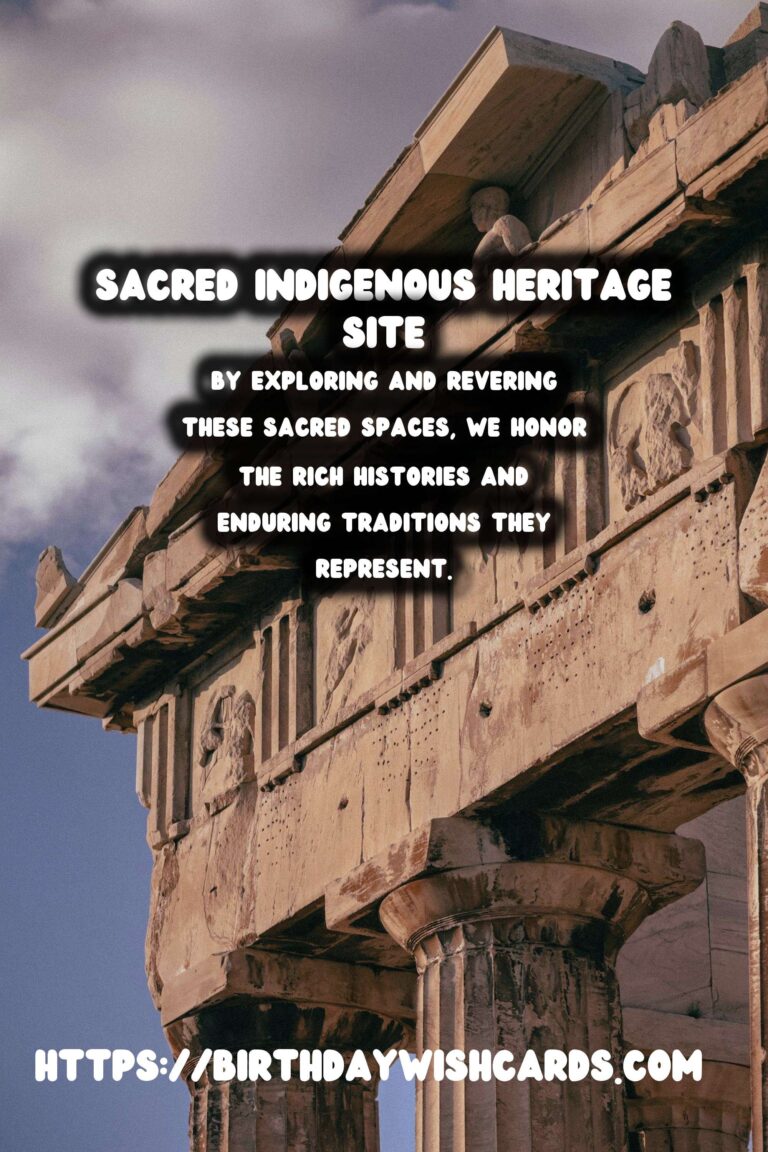
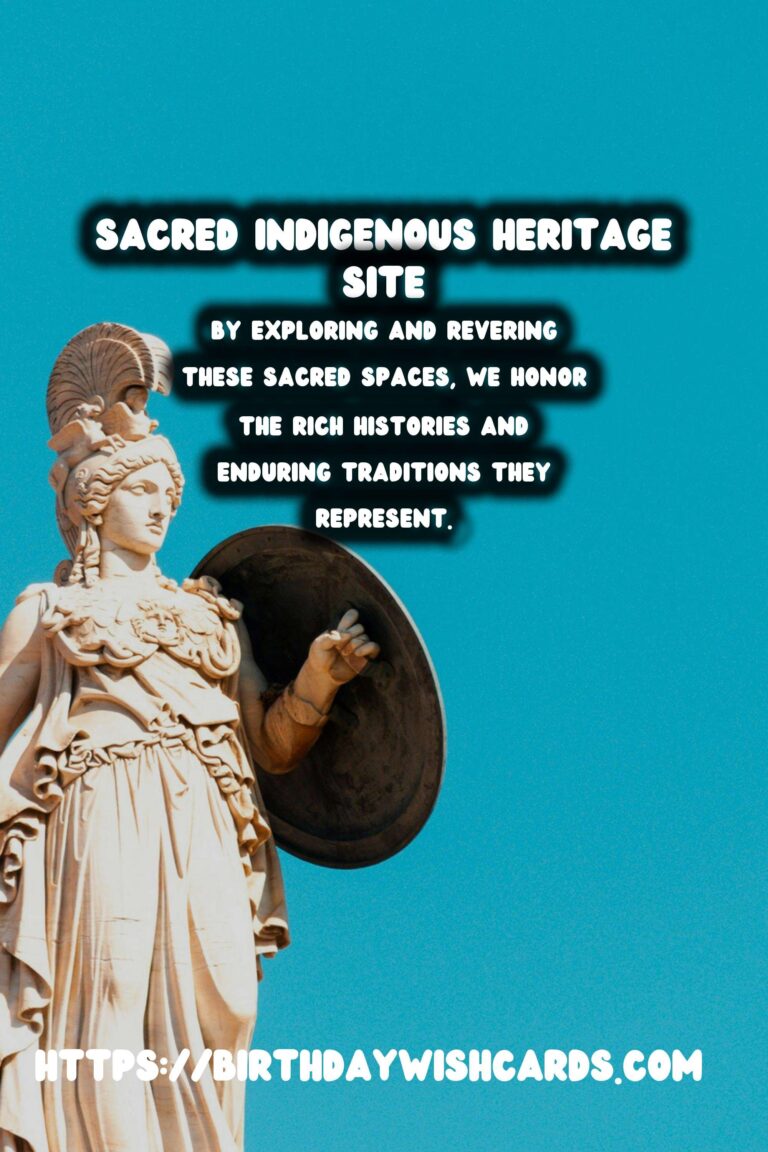
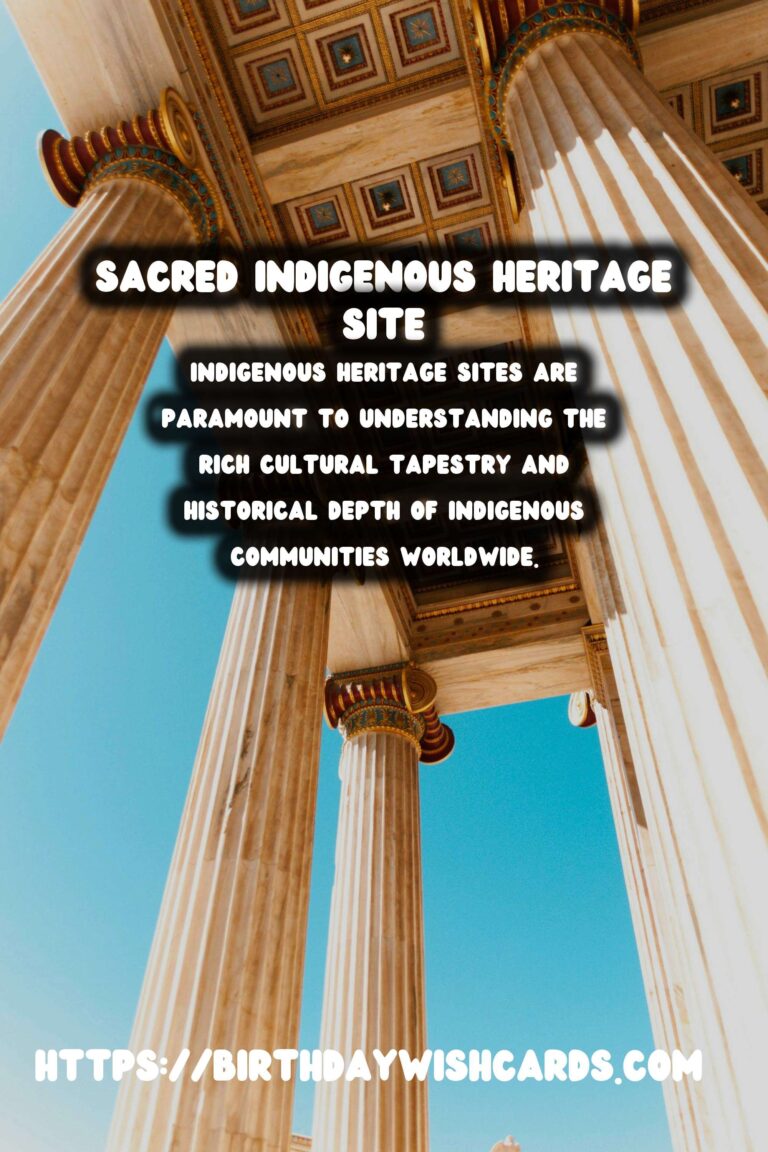
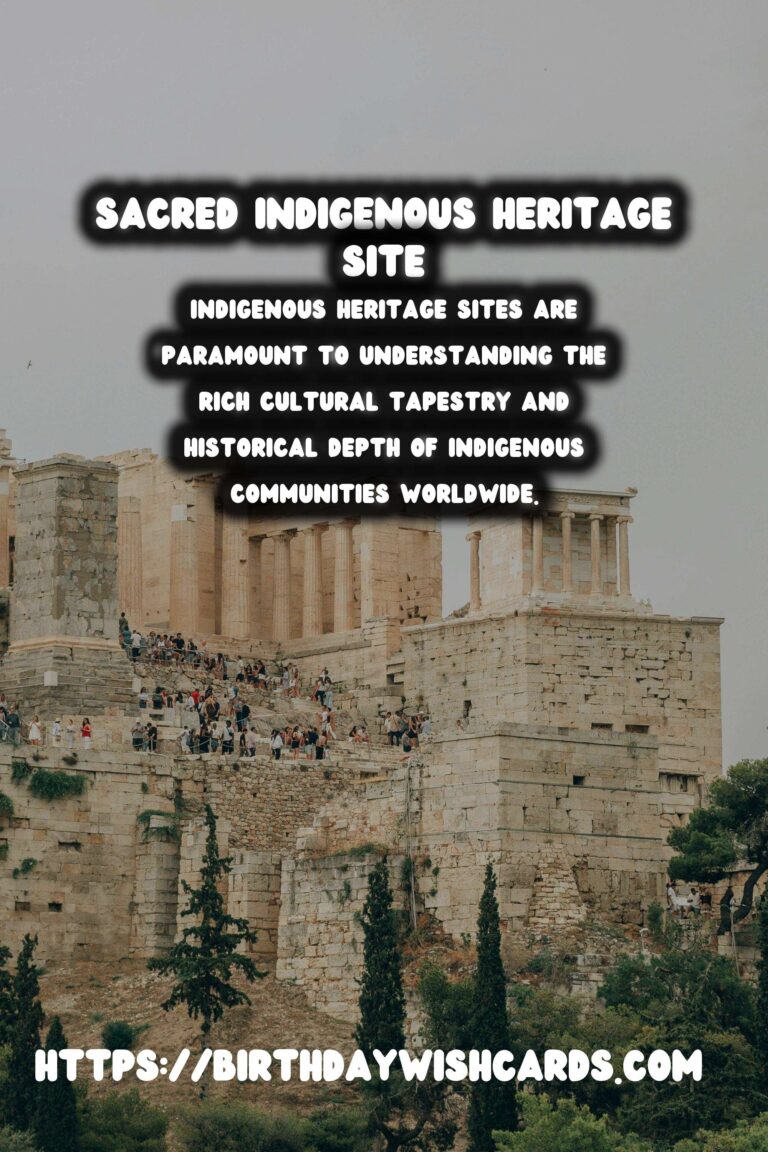
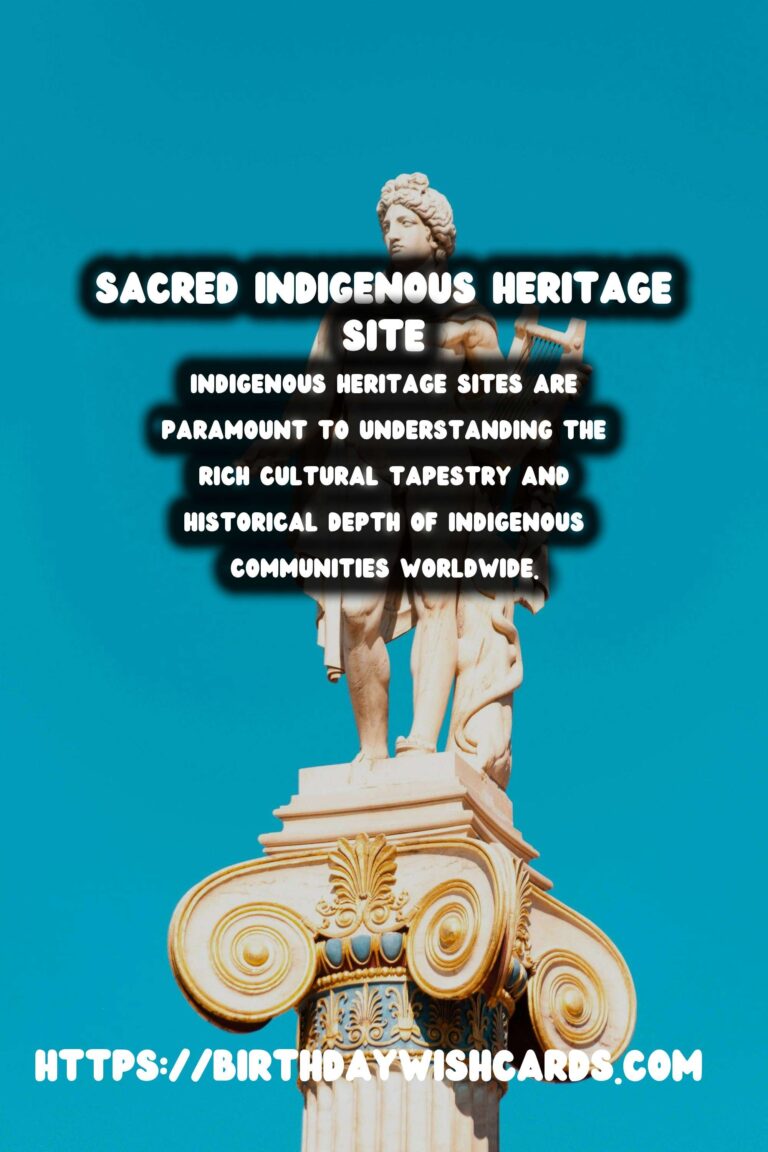
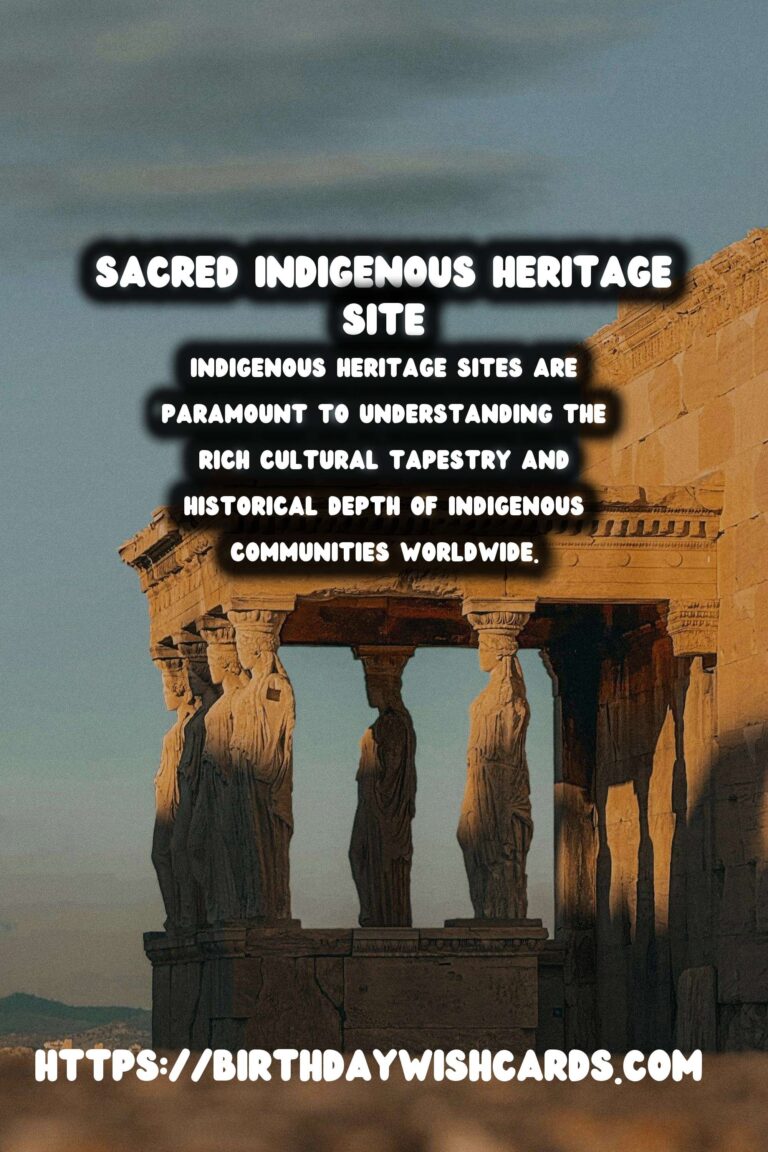
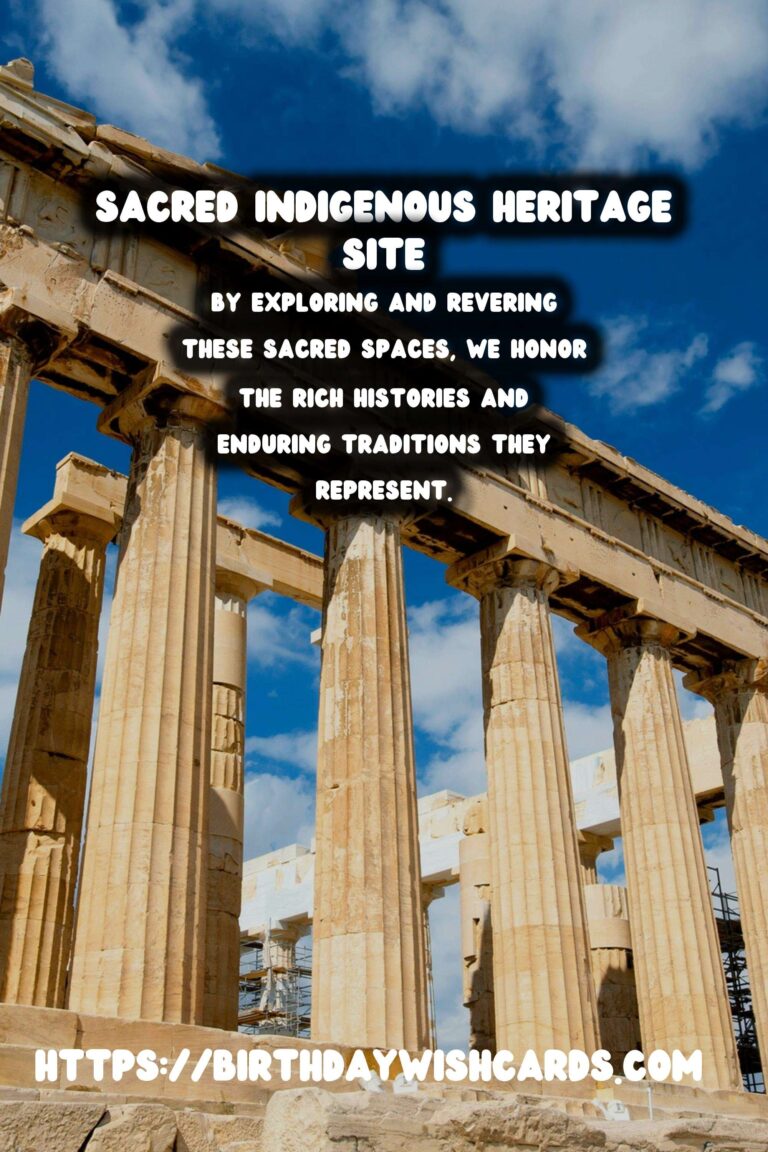
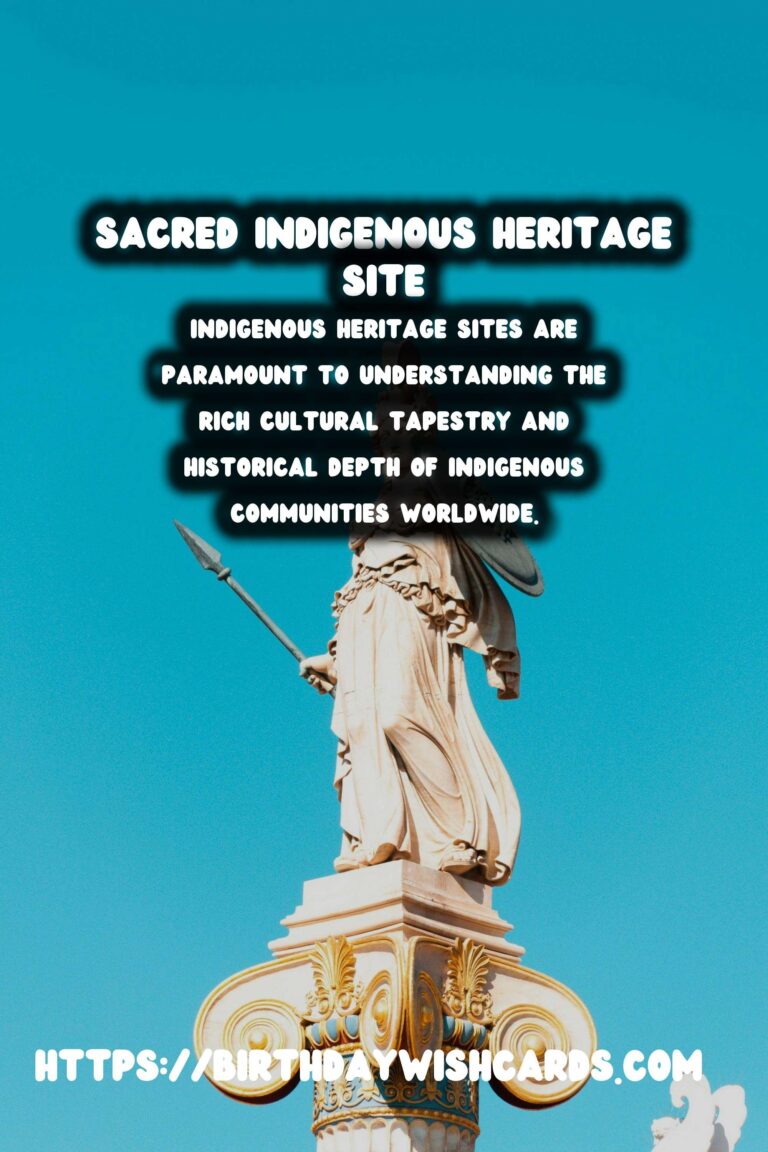
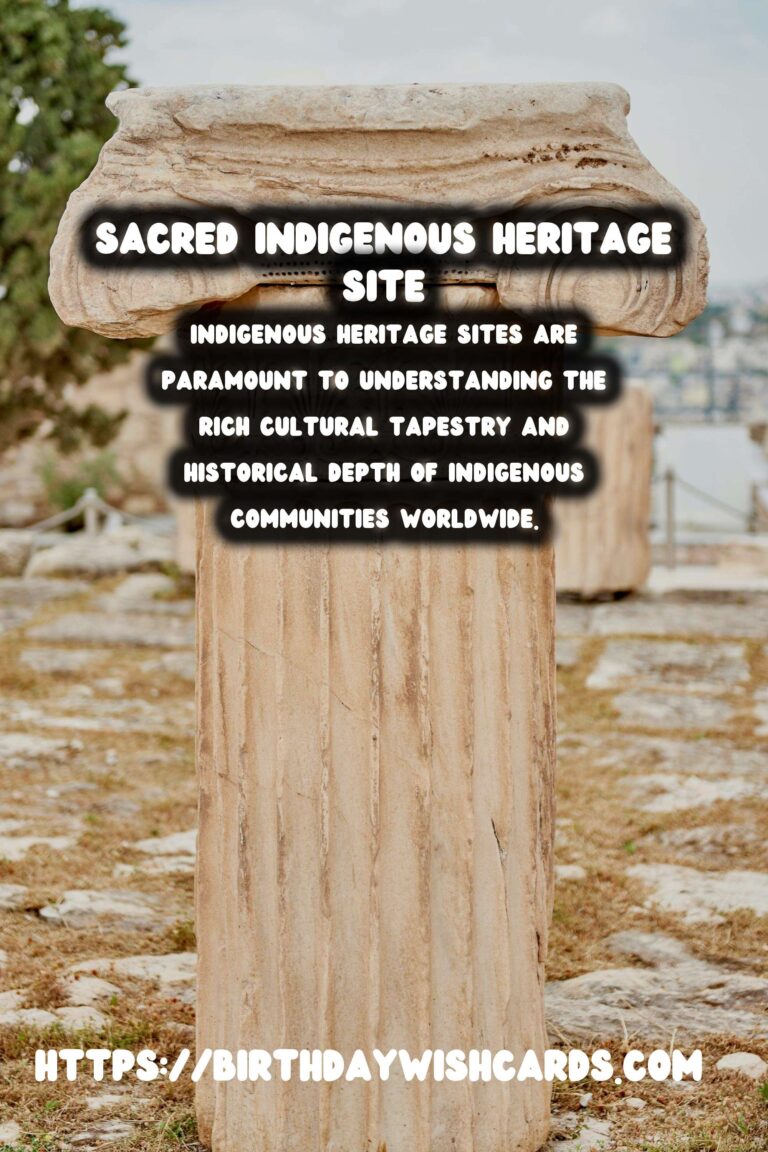
#IndigenousCulture #HeritageSites


